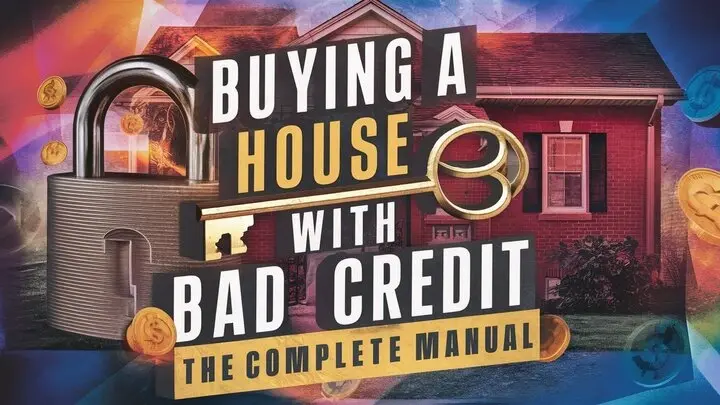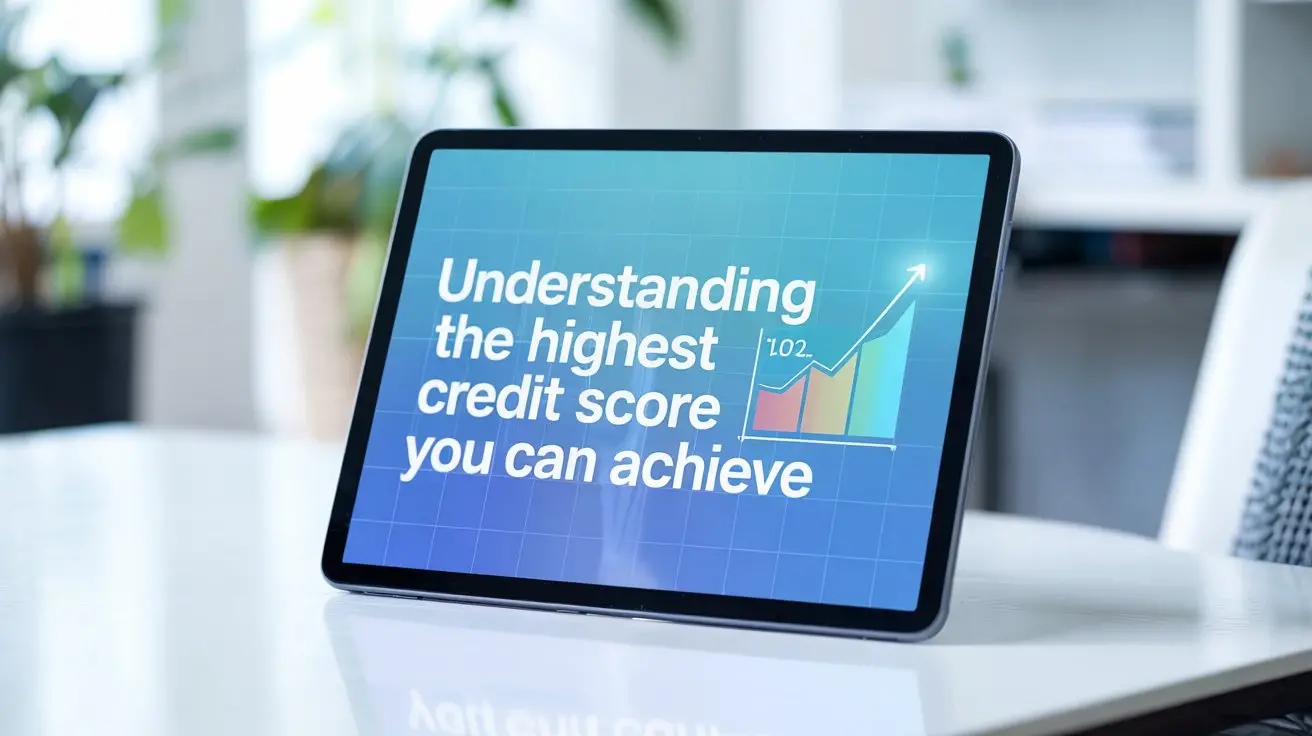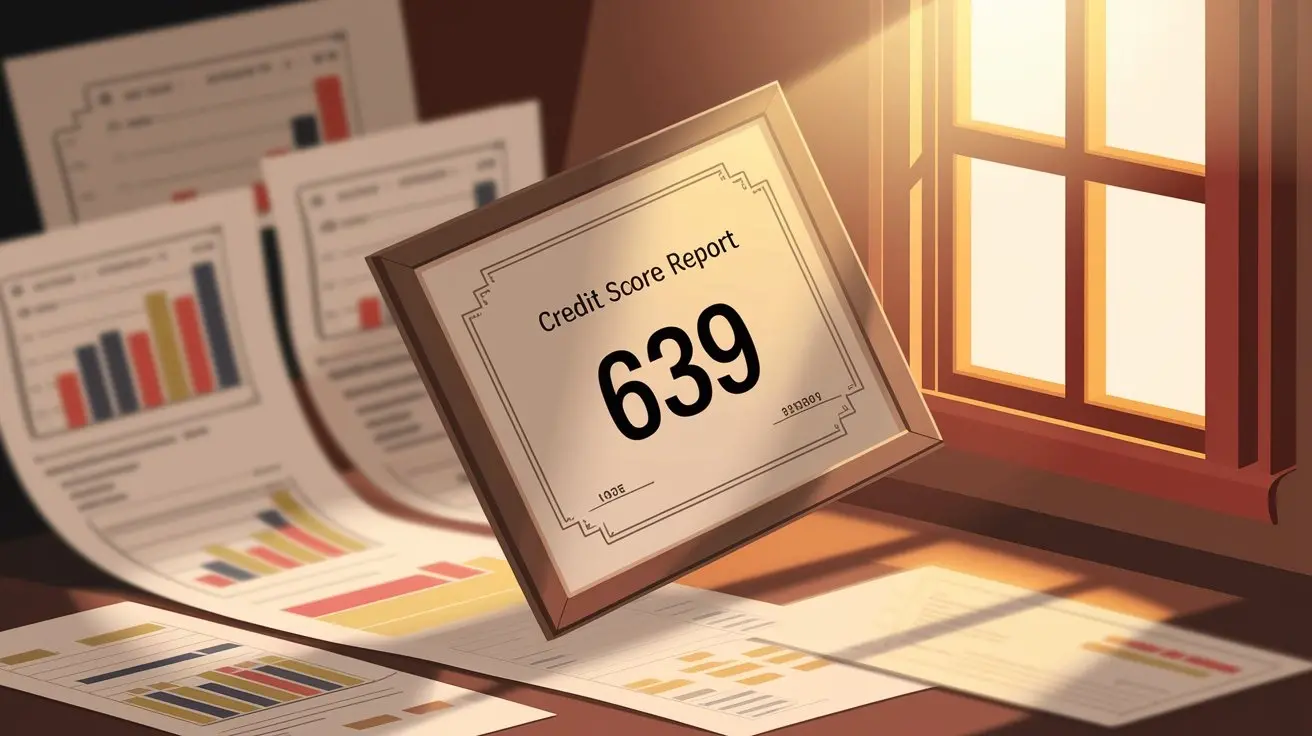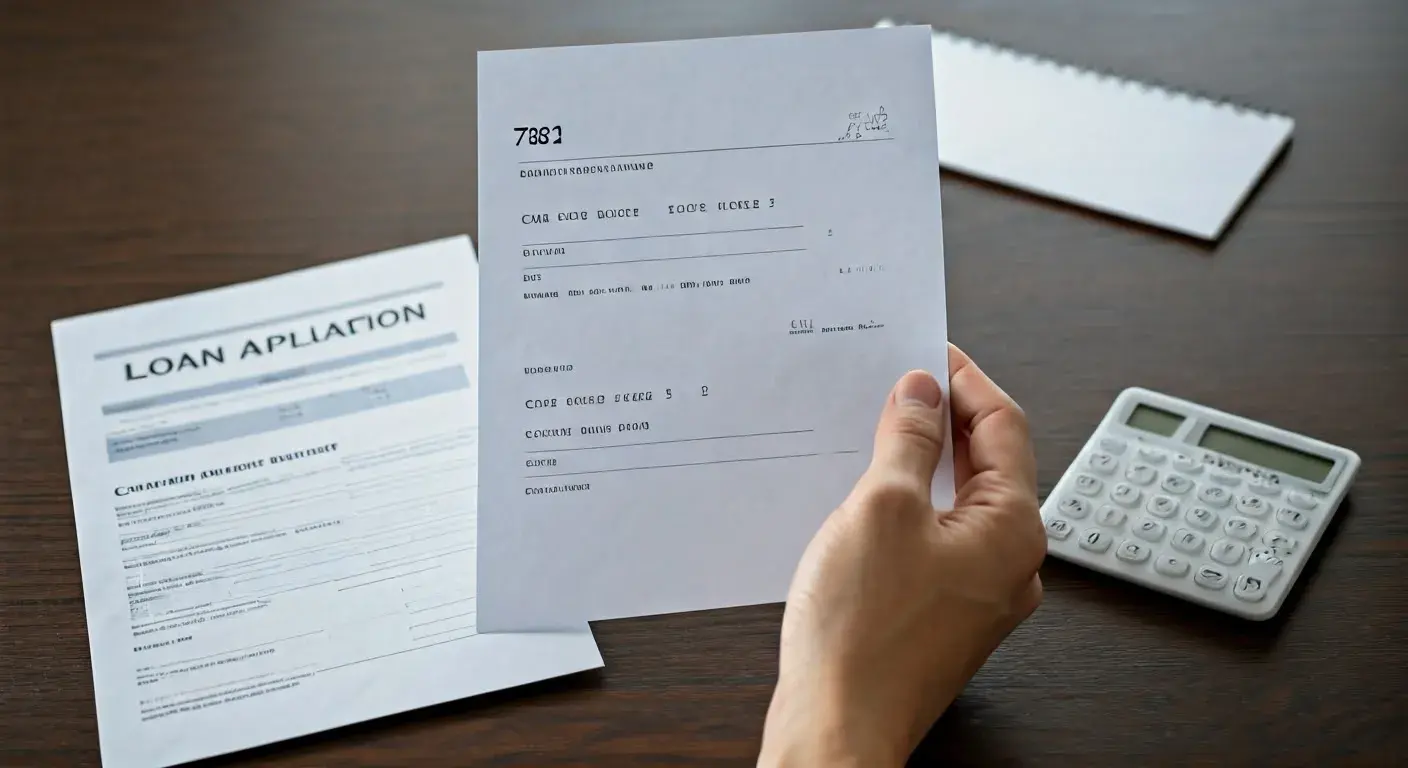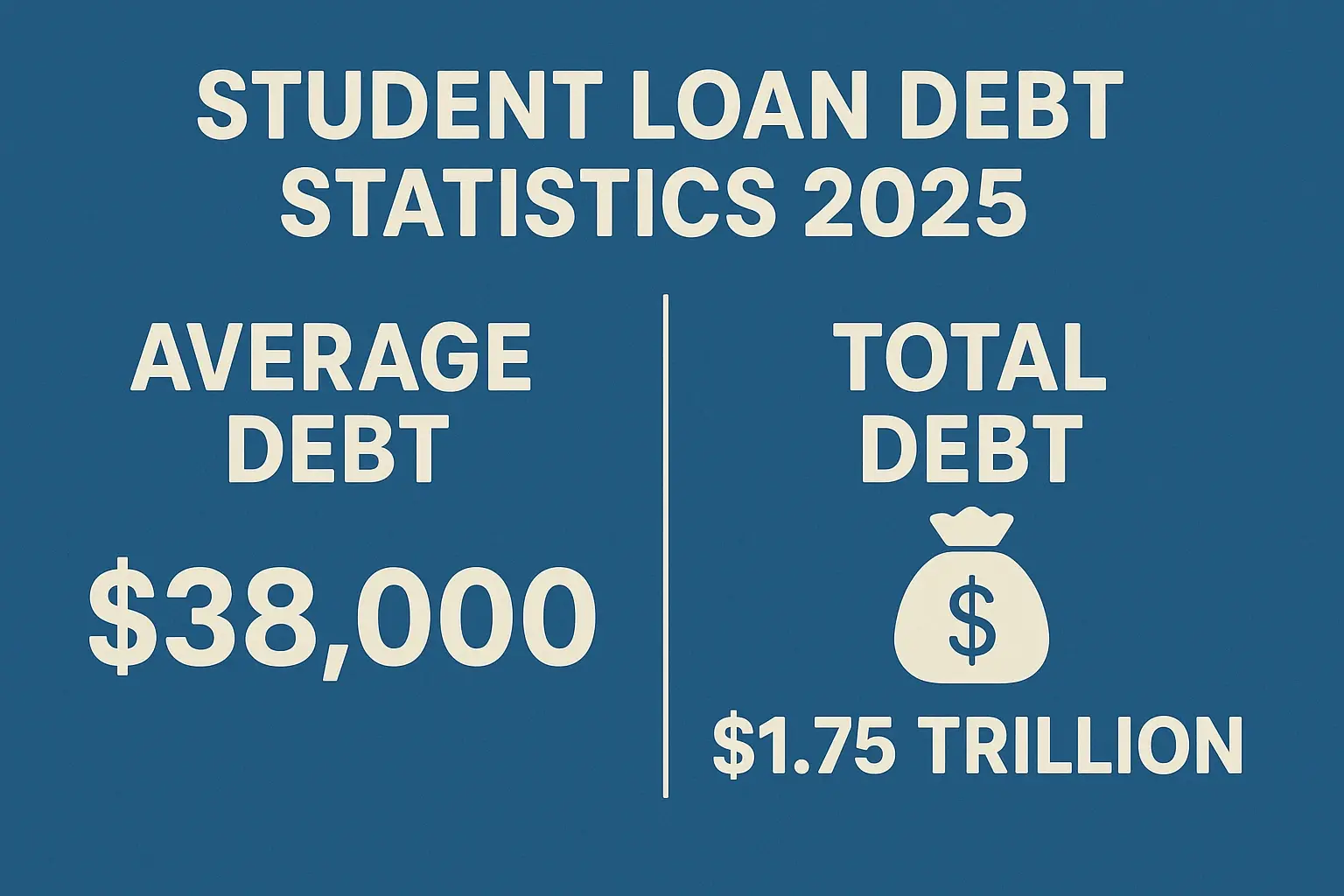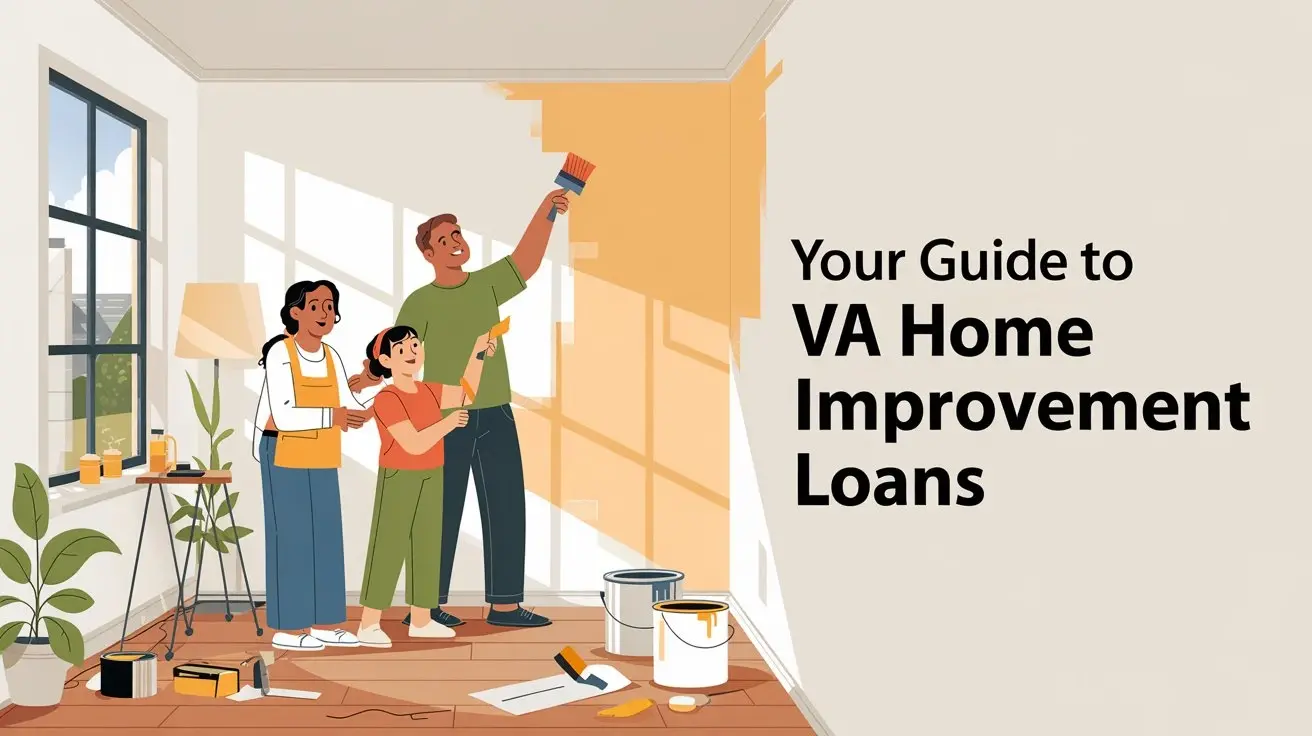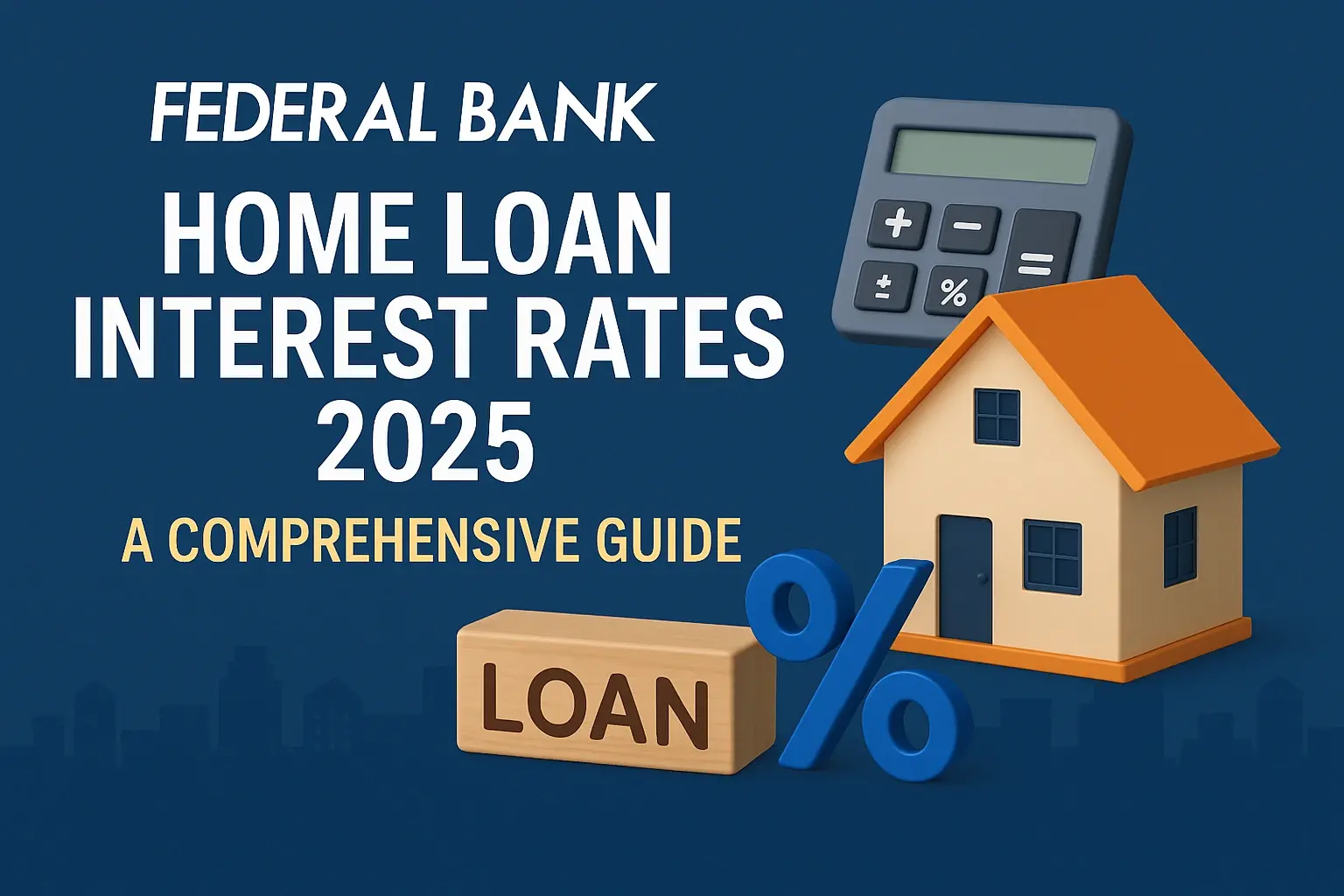Introduction: Homeownership Dreams Within Reach
The American dream often includes owning a home, a symbol of stability and financial security. But what happens when that dream seems out of reach due to a less-than-perfect credit score? Many believe that bad credit automatically disqualifies them from homeownership. However, that's not entirely true. While it presents challenges, buying a house with bad credit is absolutely possible. This comprehensive guide will walk you through the process, offering strategies, loan options, and expert advice to make your homeownership dream a reality.
Understanding the Challenges of Buying a Home With Bad Credit
Before diving into solutions, it's crucial to understand the obstacles you'll face. A low credit score can impact several aspects of the home buying process:
- Higher Interest Rates: Lenders perceive borrowers with bad credit as higher risk. To compensate, they charge higher interest rates, increasing your monthly payments and the total cost of the loan over its lifetime.
- Difficulty Getting Approved: Many traditional lenders require a minimum credit score for mortgage approval. A lower score can lead to rejection.
- Larger Down Payments: Lenders may require a larger down payment to offset the perceived risk of lending to someone with bad credit.
- Limited Loan Options: Some loan programs might be unavailable to borrowers with poor credit.
- Higher Insurance Premiums: Your credit score can impact your homeowner's insurance rates in some states.
What is Considered "Bad Credit?"
The credit score range typically used for mortgage lending follows this breakdown:
- Excellent: 750+
- Good: 700-749
- Fair: 650-699
- Poor: 550-649
- Very Poor: Below 550
While you can buy a house with a credit score in the "Poor" range, it will require more effort, research, and potentially a longer timeline.
Step-by-Step Guide to Buying a House With Bad Credit
This step-by-step guide provides a roadmap to navigate the complexities of buying a home with less-than-ideal credit.
Step 1: Check and Understand Your Credit Report
The first and most crucial step is to understand your credit situation. Obtain a copy of your credit report from all three major credit bureaus (Equifax, Experian, and TransUnion). You're entitled to a free report from each bureau annually at www.annualcreditreport.com.
Carefully review your credit reports for any errors, inaccuracies, or outdated information. Common errors include:
- Incorrect account balances
- Accounts that don't belong to you
- Duplicate accounts
- Outdated negative information (e.g., late payments that should have been removed)
Dispute any errors with the credit bureaus directly. This can significantly improve your credit score.
Step 2: Improve Your Credit Score
Improving your credit score, even by a small amount, can make a significant difference in your mortgage options and interest rates. Here are some strategies:
- Pay Bills on Time: Payment history is the most important factor in your credit score. Set up automatic payments to avoid late fees.
- Reduce Credit Card Debt: Aim to keep your credit card balances below 30% of your credit limit. The lower, the better.
- Don't Open New Accounts: Opening multiple new credit accounts can lower your average account age and negatively impact your score.
- Become an Authorized User: If you have a friend or family member with excellent credit, ask if you can become an authorized user on their credit card. Their positive payment history can help boost your score.
- Consider a Secured Credit Card: A secured credit card requires a cash deposit as collateral, making it easier to get approved, even with bad credit. Use it responsibly to rebuild your credit.
- Explore Credit Repair Services (With Caution): Be wary of companies promising unrealistic results. Legitimate credit repair services can help you identify and dispute errors on your credit report, but they can't magically erase negative information.
Consistency is key. Credit repair takes time, so start early.
Step 3: Save for a Down Payment
While some loan programs allow for low down payments, having a larger down payment strengthens your application. It demonstrates financial stability and reduces the lender's risk. Aim for at least 5-10% of the home's purchase price, but the more you can save, the better.
Consider these strategies for saving for a down payment:
- Create a Budget: Track your income and expenses to identify areas where you can cut back.
- Automate Savings: Set up automatic transfers from your checking account to a dedicated savings account.
- Explore Down Payment Assistance Programs: Many states and local communities offer down payment assistance programs for first-time homebuyers, low-income individuals, and other eligible groups.
- Cut Unnecessary Expenses: Identify areas where you can reduce spending, such as eating out, entertainment, or subscriptions.
- Consider a Side Hustle: Explore opportunities to earn extra income through freelancing, part-time work, or selling unused items.
Step 4: Get Pre-Approved for a Mortgage
Getting pre-approved for a mortgage is essential before you start house hunting. It gives you a clear understanding of how much you can afford and shows sellers that you're a serious buyer. A pre-approval involves a lender reviewing your financial information (credit score, income, debts, assets) to determine the maximum loan amount you qualify for.
When applying for pre-approval, be prepared to provide:
- Proof of income (pay stubs, W-2s, tax returns)
- Bank statements
- Credit report
- Information about your debts (student loans, credit cards, car loans)
Shop around and compare offers from different lenders to find the best interest rates and terms.
Step 5: Explore Mortgage Options for Bad Credit
Several mortgage options cater to borrowers with less-than-perfect credit. Here are some common choices:
FHA Loans (Federal Housing Administration)
FHA loans are insured by the Federal Housing Administration and are a popular choice for borrowers with lower credit scores and smaller down payments. FHA loans typically require a minimum credit score of 500 (with a 10% down payment) or 580 (with a 3.5% down payment).
- Benefits: Lower credit score requirements, lower down payment options, easier to qualify for than conventional loans.
- Drawbacks: Requires mortgage insurance premium (MIP), which is paid upfront and annually.
VA Loans (Department of Veterans Affairs)
VA loans are guaranteed by the Department of Veterans Affairs and are available to eligible veterans, active-duty military personnel, and surviving spouses. VA loans often don't require a down payment and have competitive interest rates. They typically require a minimum credit score, but it's often lower than conventional loans, and some lenders may be more lenient.
- Benefits: No down payment requirement (in most cases), no private mortgage insurance (PMI), competitive interest rates.
- Drawbacks: Limited to eligible veterans, active-duty military personnel, and surviving spouses.
USDA Loans (United States Department of Agriculture)
USDA loans are guaranteed by the United States Department of Agriculture and are available to borrowers purchasing homes in eligible rural areas. USDA loans offer no down payment requirement and are available to borrowers with low to moderate incomes. Credit score requirements vary, but some lenders may be more flexible with borrowers who have limited credit history.
- Benefits: No down payment requirement, competitive interest rates.
- Drawbacks: Limited to properties in eligible rural areas, income restrictions apply.
Non-QM Loans (Non-Qualified Mortgages)
Non-QM loans are mortgage loans that don't meet the standards set by the Consumer Financial Protection Bureau (CFPB) for qualified mortgages. These loans can be an option for borrowers with unique financial situations, such as self-employed individuals, those with irregular income, or those with credit challenges. They often come with higher interest rates and fees.
- Benefits: More flexible qualification requirements, may be suitable for borrowers with unique financial situations.
- Drawbacks: Higher interest rates and fees, potentially more risk.
Hard Money Loans
Hard money loans are short-term loans secured by real estate. These are usually used by investors for fix and flips, but could be an option if your credit is exceptionally poor. They come with high interest rates and fees, so this should be a last resort.
- Benefits: Easier to get approved even with bad credit, quick funding
- Drawbacks: Very high interest rates and fees, short repayment terms
Step 6: Find a Real Estate Agent Experienced With Bad Credit Buyers
Working with a real estate agent who understands the challenges of buying a home with bad credit is crucial. Look for an agent who is patient, knowledgeable, and willing to guide you through the process. They can help you find properties that fit your budget and negotiate effectively on your behalf.
Ask potential agents about their experience working with buyers with credit challenges and their knowledge of available loan programs.
Step 7: Be Prepared to Negotiate
In a competitive market, buyers with bad credit may need to be more flexible and willing to negotiate. Consider offering a higher down payment, being open to homes that need some work, or being willing to move quickly when you find the right property.
Step 8: Close on Your Home
Once your offer is accepted, you'll work with the lender, real estate agent, and other professionals to finalize the purchase. This includes completing the appraisal, title search, and final loan documents. Be prepared to provide any additional documentation requested by the lender and attend the closing meeting to sign the paperwork.
Tips for Success When Buying a House With Bad Credit
- Be Patient: The process may take longer than it would for someone with excellent credit.
- Be Realistic: You may need to adjust your expectations regarding the type of home you can afford and the location.
- Stay Positive: Buying a home with bad credit can be challenging, but it's not impossible.
- Seek Professional Advice: Consult with a credit counselor, financial advisor, and real estate agent to get personalized guidance.
